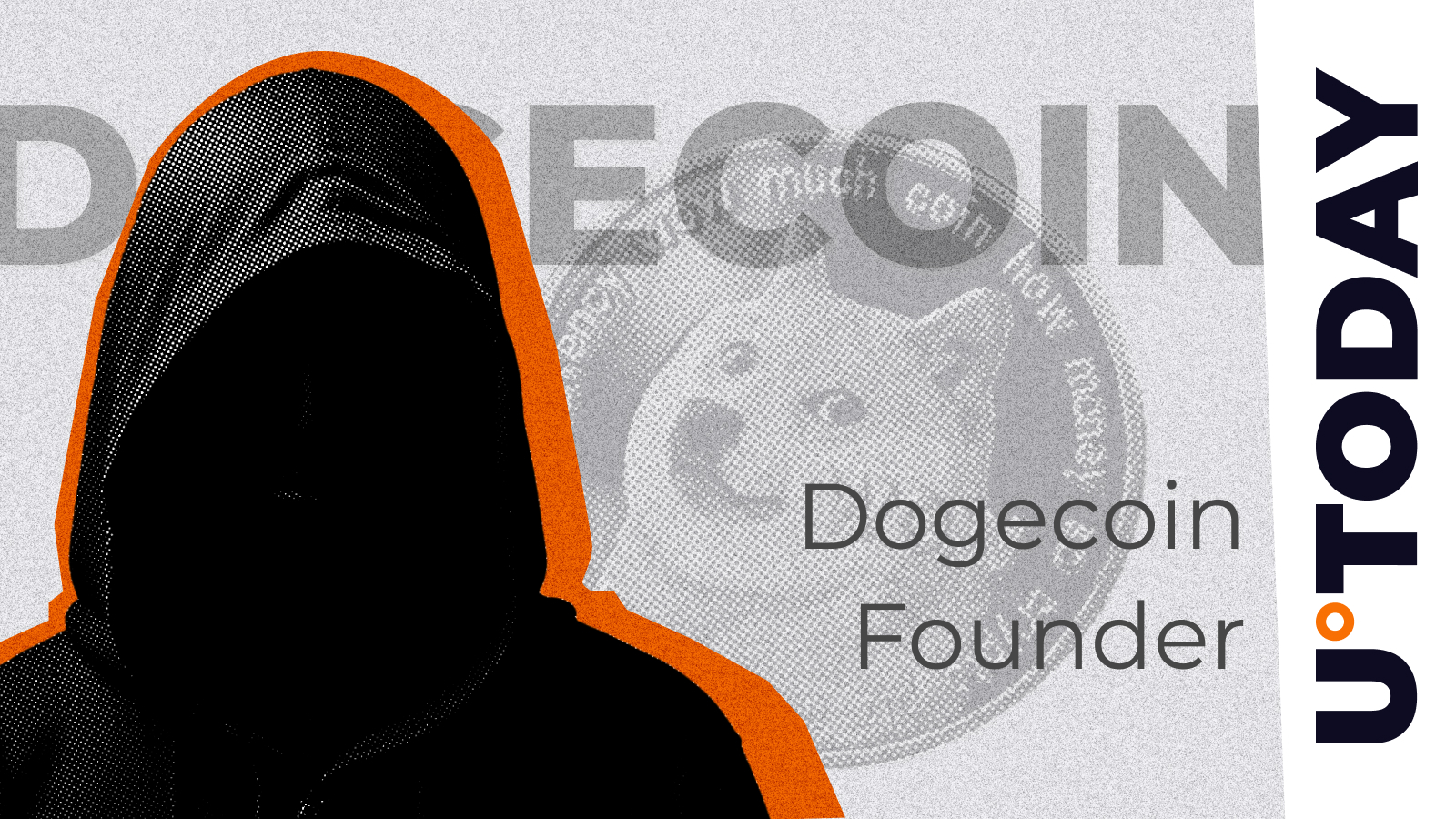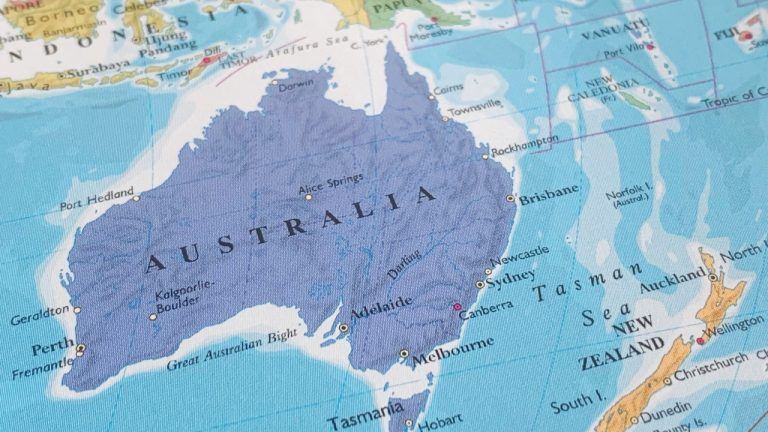ARTICLE AD BOX
The Monetary Authority of Singapore (MAS) is looking to integrate tokenization with the financial service sector with the goal of enhancing liquidity for tokenized assets. This initiative includes the creation of commercial networks and the development of a solid ecosystem of market infrastructure. By developing industry frameworks for implementing tokenized assets and facilitating universal settlement mechanisms for these assets, Singapore is stepping up its efforts to radically change the tokenization and financial service sector.
At the heart of this initiative is ‘Project Guardian’ which brings together more than 40 financial institutions, industry associations, and international policymakers from seven different jurisdictions. The main goal of the project is to conduct thorough industry trials that will investigate how asset tokenization can be applied in capital markets notable financial figures like Citi, Standard Chartered HSBC, Schroders, and UOB have come together to form the ‘Guardian Wholesale Network’ industry group which is focused on creating a collaborative network to commercialize and expand their asset tokenization trials.
According to official statement, the regulatory body has also announced the addition of new industry participants, including Euroclear and HSBC, as a part of its expansion on 2023 Global Layer One (GL1) initiative. GL1 will also set-up a new market infrastructure working group, comprising global financial market infrastructure providers, that will focus on digital asset securities control principles.
Moreover, MAS has stated, “To facilitate broad based acceptance and implementation of tokenized assets by financial institutions, two industry frameworks developed by Project Guardian industry group members were published today.” The frameworks include:
1. Guardian Fixed Income Framework (GFIF) for guiding industry to implementing tokenization in Debt Capital Markets, strengthen industry capabilities and catalyze adoption of tokenized fixed income solutions.
2. Guardian Funds Framework (GFF) to facilitate development of tokenized investment vehicles including multiple assets, simplifying the process of incorporating new tokenized funds, and help achieve efficiencies in fund settlement.
Furthermore, MAS is also facilitating financial institutions’ access to common settlement assets including S$ wholesale CBDC for market testing purposes. The initial test network (SGD Testnet) is expected to be made available to eligible financial institutions in Project Guardian and Project Orchid. The testnet will enable financial institutions to settle transactions with S$ wholesale CBDC. The first set of participating financial institutions includes DBS, OCBC, Standard Chartered and UOB and participating use cases include payments and securities settlement.
Additionally, the Monetary Authority of Singapore is working on developing frameworks for the tokenized assets industry. These frameworks are aimed at financial institutions clear guidelines and best practices ensuring the adoption of tokenization aligns with regulatory standards and maintains the integrity of the market. MAS is also exploring the creation of universal settlement facilities to facilitate the smooth clearing and settling of tokenized assets which would provide a standardized method for handling these transactions ultimately reducing any challenges it might face and ensuring efficiency in the markets.
Up until now, over 15 industry trials have been conducted in six currencies across multiple financial products.
The asset tokenization market is predicted to be $16 trillion by 2030, as per Boston Consulting Group’s claim in 2022. While some may claim it is too high a claim, McKinsey & Co. published its predictions that the RWA tokenization market would range from $1 to $4 trillion. By adopting this technology, Singapore is stepping up as a leader in the financial domain, harboring a more inclusive financial ecosystem.
 (1).png) 3 weeks ago
27639
3 weeks ago
27639









 English (US) ·
English (US) ·